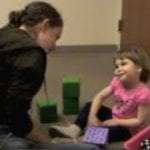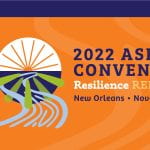Special Education Doctoral Candidate Sarah Douglas presented her dissertation research on “Online training for paraeducators to support the communication of young children with complex communication needs”. Sarah’s research examined the use of an internet training package, including a strategy to engage children in interactive play, and example videos, on the communication support behaviors of para-educators. […]
Literacy instruction – Website
This website provides guidelines for teaching literacy skills to learners with special needs, especially learners with complex communication needs (CCN) such as autism spectrum disorders, cerebral palsy, Down syndrome, developmental apraxia, multiple disabilities. This website provides information on: What skills to teach How to teach these skills Videotaped examples of instruction with learners […]
Young Kids – Website
This website provides guidelines for early intervention to maximize the language and communication development of young children with special needs . The website provides guidelines for early intervention specifically designed for children with complex communication needs, including children with: Autism spectrum disorders Cerebral palsy Down syndrome Multiple disabilities The website provides: Step-by-step guidelines […]
Children’s representations of early language concepts
Drager, K. & Light, J. (2011, July). Children’s representations of early language concepts: Implications for designing symbols. Presentation at 8th Eastern and Central European Regional Augmentative and Alternative Communication Conference, Warsaw, Poland. In this session, we presented the results of a research study that investigated typically developing young children’s graphic representations of early emerging language concepts. […]
Health transitions for youth with complex communication needs – publication
As adults, individuals with CCN are responsible for describing their health needs, scheduling services, and self-advocating with health care specialists so they can access habilitation and rehabilitation services and technologies and have their health concerns addressed. (Full text available)


